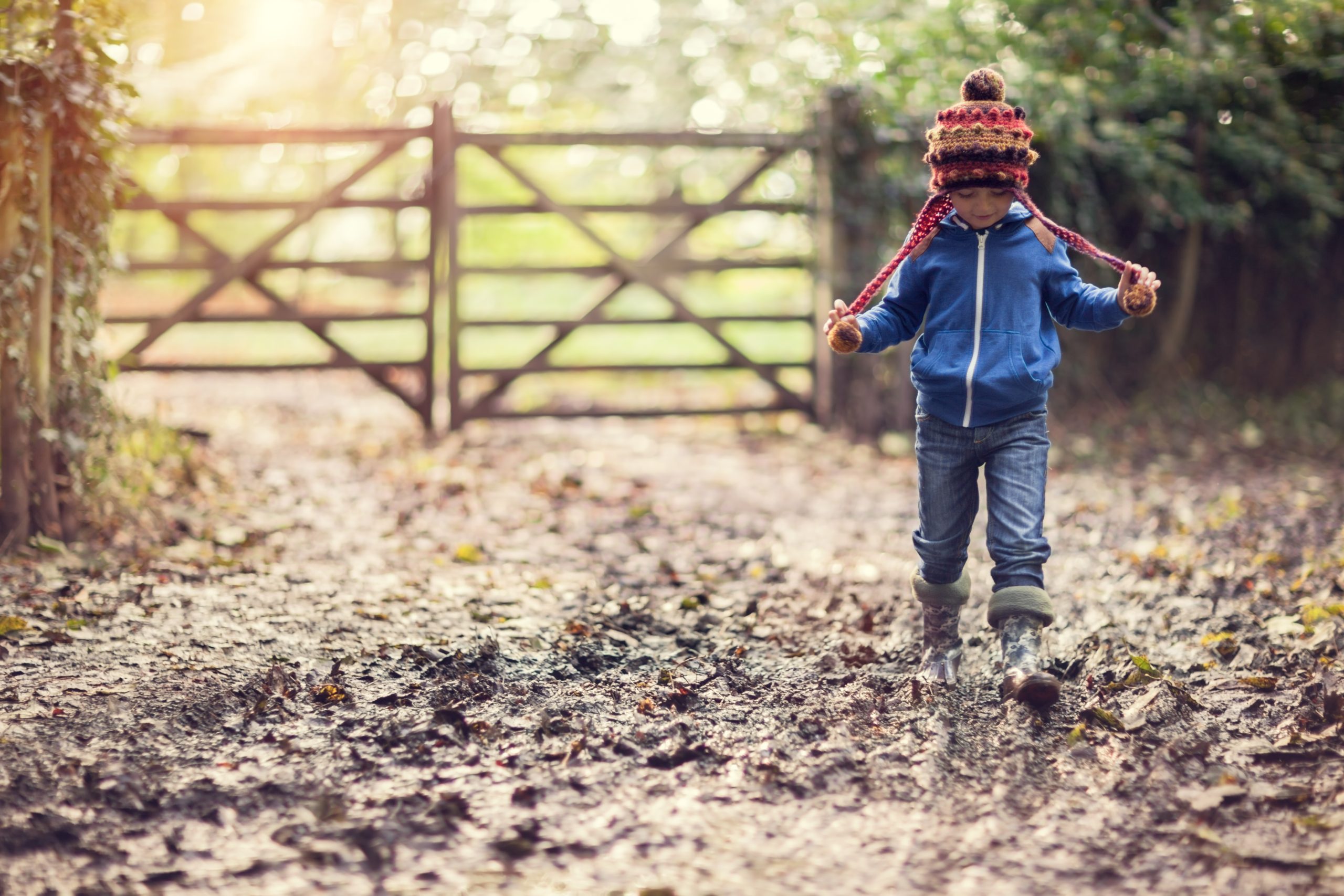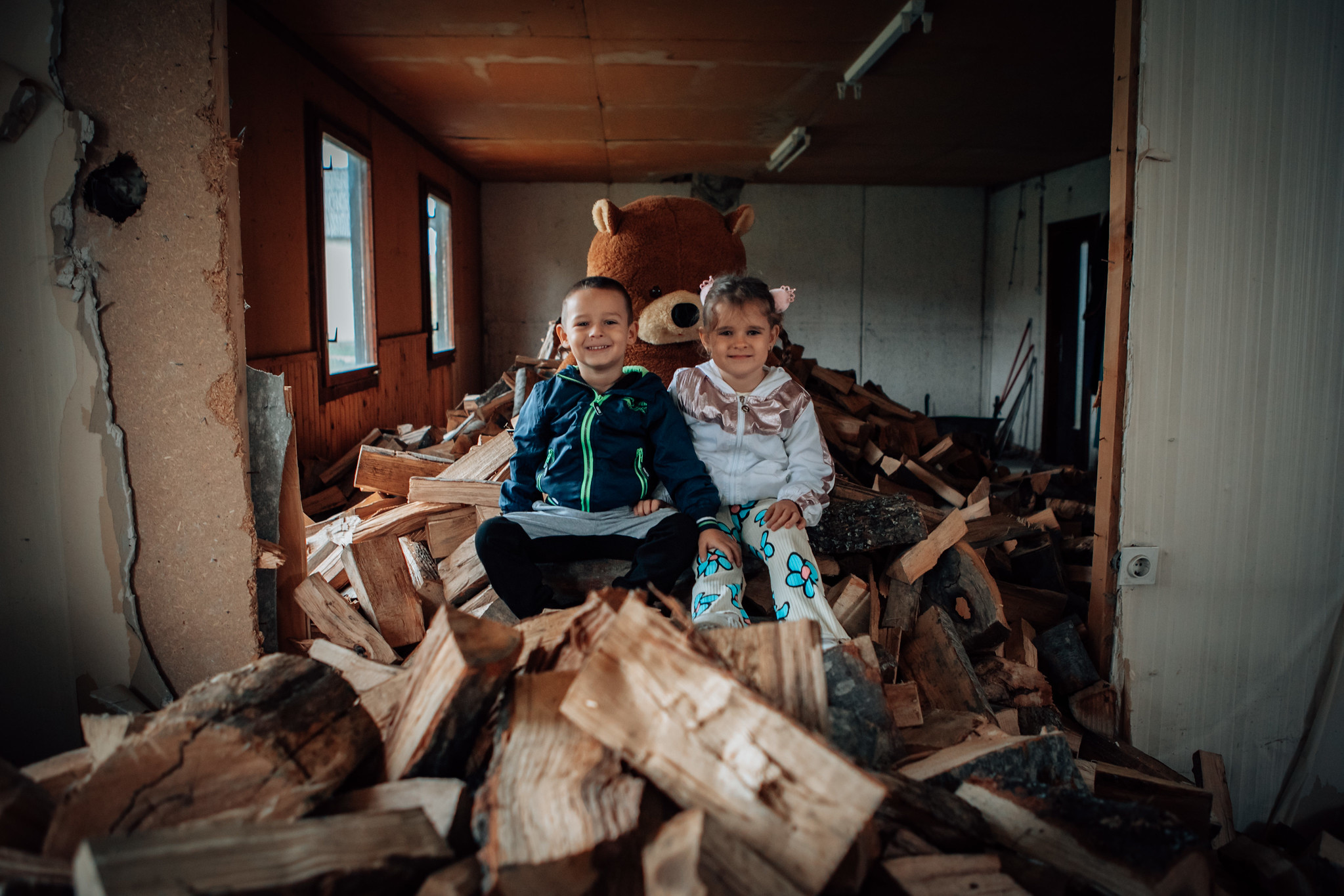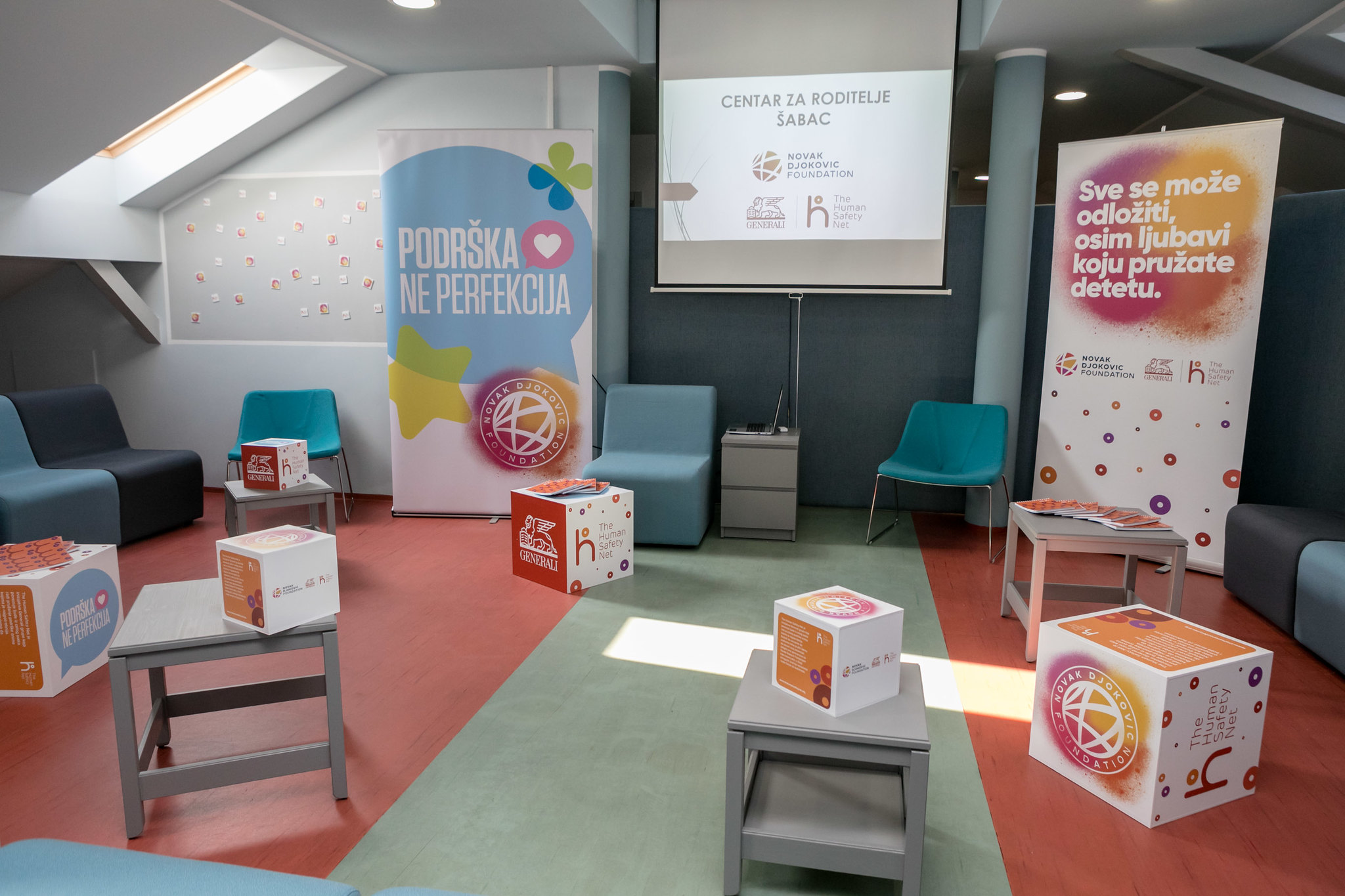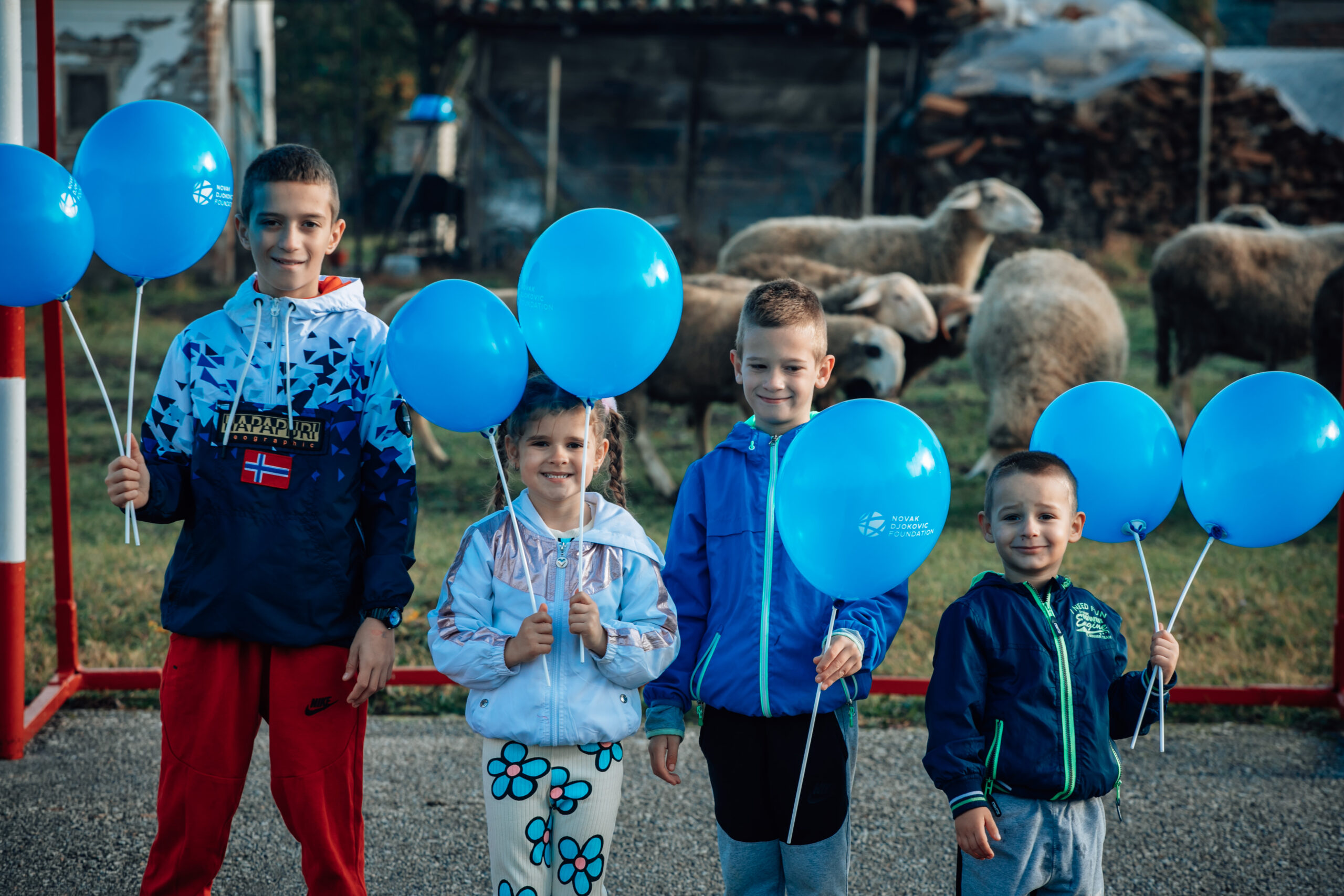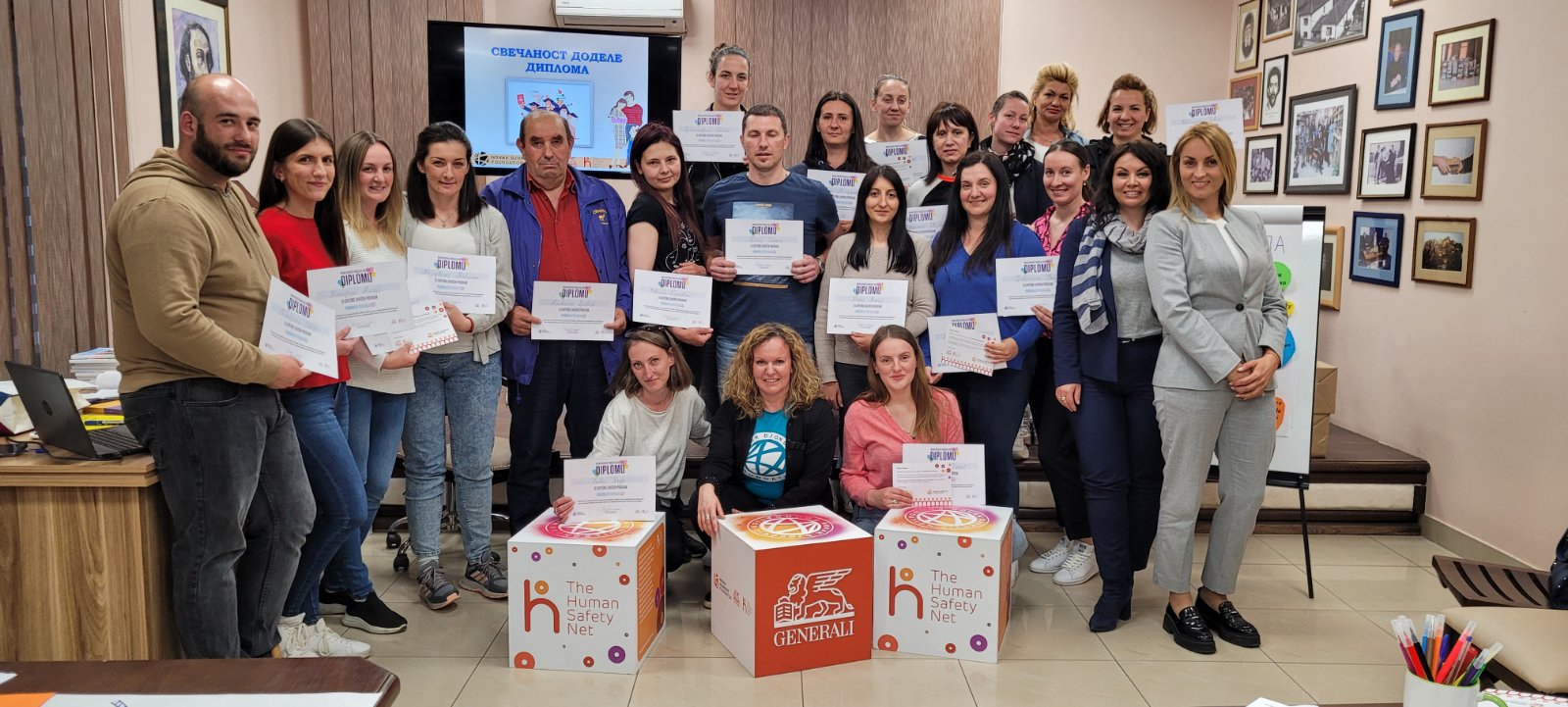When we see mud puddles, we avoid them. When kids see mud puddles, they jump in and splash in them.
Their desire to do so is driven by their natural instinct to explore and discover using senses and motor actions. Thus they build a storehouse of knowledge about the physical world. Through this and similar outdoor activities children master essential life skills such as problem-solving, ability to focus and respond to changing contexts, as well as decision-making. In other words, exposure to natural settings enhances their cognitive development.
One of the brain’s most important functions is to collect, process and interpret information from the environment so that we can learn how to survive. In order to understand this process, let us have a look at imaginary life threatening situation:
A pack of hungry wolves is chasing us. They are getting closer and in less than 2-3 minutes they will attack. We have the same time to reach for the shelter where we’d be safe. This is when our brain takes full control over your actions. We need to think quickly and make the right choices as soon as possible. In life threatening situations each step we make, and every detail matters. Our survival depends on all our previous knowledge and experience. We run as fast as we can till we notice a large piece of wood at some 20 metres distance. It’s as high as our hips, like a hurdle. On your right is an abyss; on the left is a thick forest. There’s no other way but to jump over a tree branch. When facing severe danger the brain uses its spare capacities and works seven times faster, in order to be able to process greater number of information than usual. In normal circumstances it takes three seconds for a man to run 20 meters at a full speed. However, we have the impression that the time to get to the branch and jump over it lasts much longer.

Copyright: Monkey Business Images
How does the brain carry out this remarkable feat? People often report the “bullet time” phenomenon, where time appears to be going slow during dangerous events. When faced with a life-threatening situation, our brain is presented with more information per second than it is accustomed to and processes them at a faster intensity in order to make the right move. It’s a survival tactic. In addition, frightening events are associated with richer and denser memories. The more memory we have of an event, the longer we believe it took. Therefore, an illusion of time dilation could facilitate an effective escape.
On our “endless” run towards the branch, the brain records a contrast between the green scenery around us and the branch without leaves. At last it finds a crucial match, linking this situation with the same experience found in our childhood memory, the cracking sound of dry branches beneath our feet while walking through the woods. We suddenly realize that we don’t have to jump over the branch or go underneath it; it’s dry and it will break under our weight.
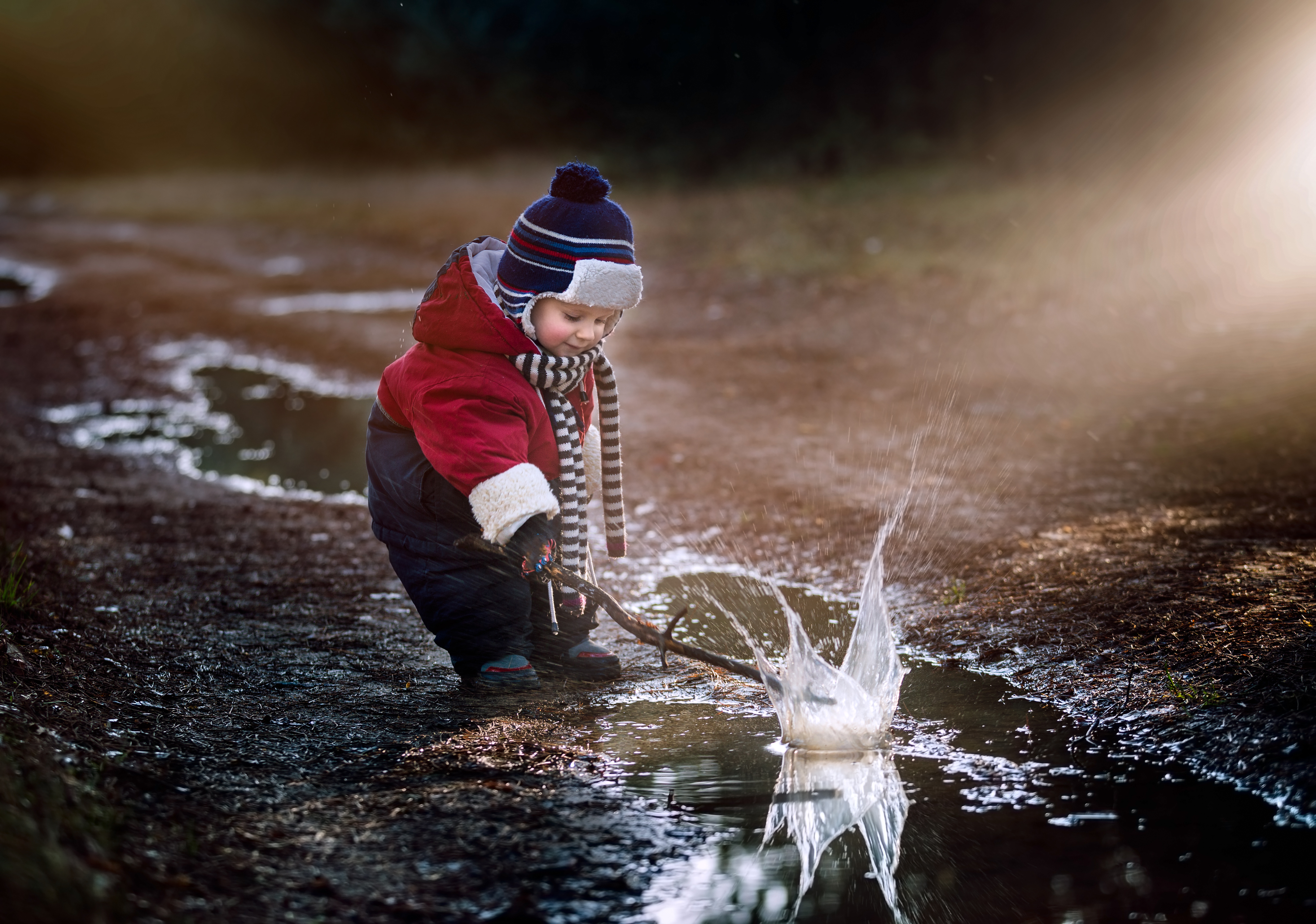
Copyright: Milosz_G
What would have happened if we hadn’t experienced such activity when we were young? Perhaps we would stop for a moment to think what to do next and lose precious 3-4 seconds, which may even lead to fatal consequences. One of the most important functions of our brain is to receive and process information and create connections between certain regions in cerebral cortex, that positively affect the child’s cognitive skill development.
A child’s neurological system is naturally designed to seek out the sensory input it needs in order to develop into a strong and capable individual. If a child is spinning in circles just for fun, it is because he or she needs that sensory input. Movement and physical play facilitate the development of new connections (synapses) among brain cells and the overall organization of the brain. As these connections develop, child’s fine and gross motor skills, socialization, personal awareness, language, creativity, problem solving and learning ability are improved. This is why they need to climb the trees, jump on the bed, run through the woods, splash in mud puddles. These are all natural and necessary experiences that will encourage their cognitive skill development.
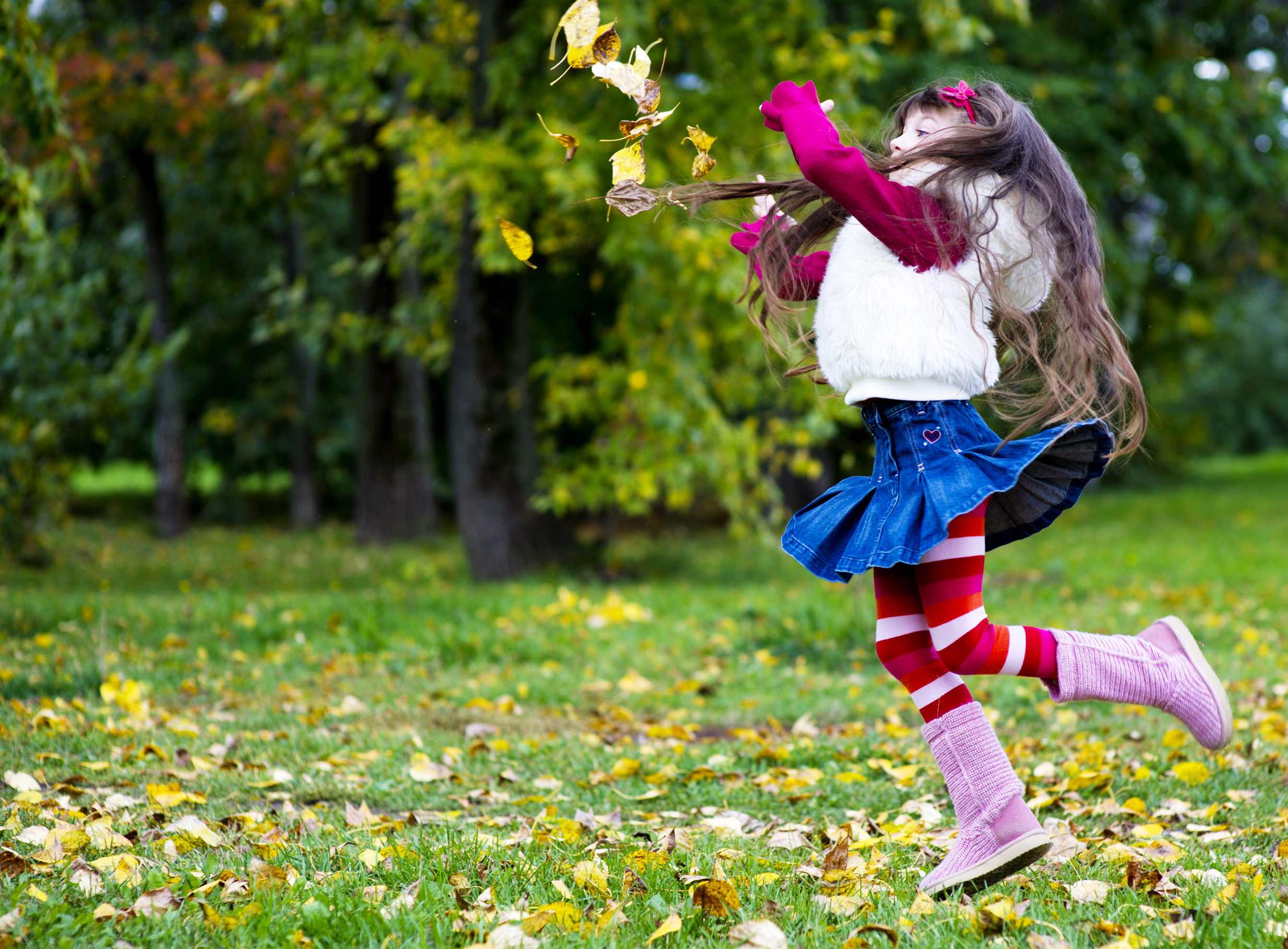
Copyright: Alinute Silzeviciute
However, nowadays it seems that the number of couch potato kids, stuck in their rooms and glued to TV and computer screens is constantly growing. Due to their physical inactivity, the brain is deprived of important sensory input causing poor stimulation of physiological mechanisms that slowly lose their abilities (dynamic eye accommodation, fixation of the object in motion, complex types of movement involved in running…). Many people share a common belief that video games can benefit the brain by providing the necessary stimulation. However, such activity is contrary to the human evolution process. One of the greatest inventors the world has ever seen, Nikola Tesla, once said that we are the result of a centuries-long continuous adjustment to the natural environment while large and sudden changes in this process can produce unpredictable and possibly catastrophic consequences. Therefore it’s crucial for children to spend more time in natural surroundings and outdoor unstructured play, and to learn by doing in order to stimulate the growth of the cerebral cortex and create more neural networks in the brain and throughout the body.
Parents, from their part, should encourage activities such as jumping, catching a ball, skipping a rope etc. to facilitate the overall development of their children and prepare them for life challenges to come. Rather than say “no” to everything physical they attempt, we should provide them a safe environment to explore and enjoy nature. Springtime rain showers create a lot of mud puddles to splash in and every kid deserves a good pair of boots. Jumping into mud puddles won’t get your kid into a top university. However, the joy they found in doing so is a perfect demonstration of how incredibly beautiful childhood can be. And what it is supposed to be all about.

